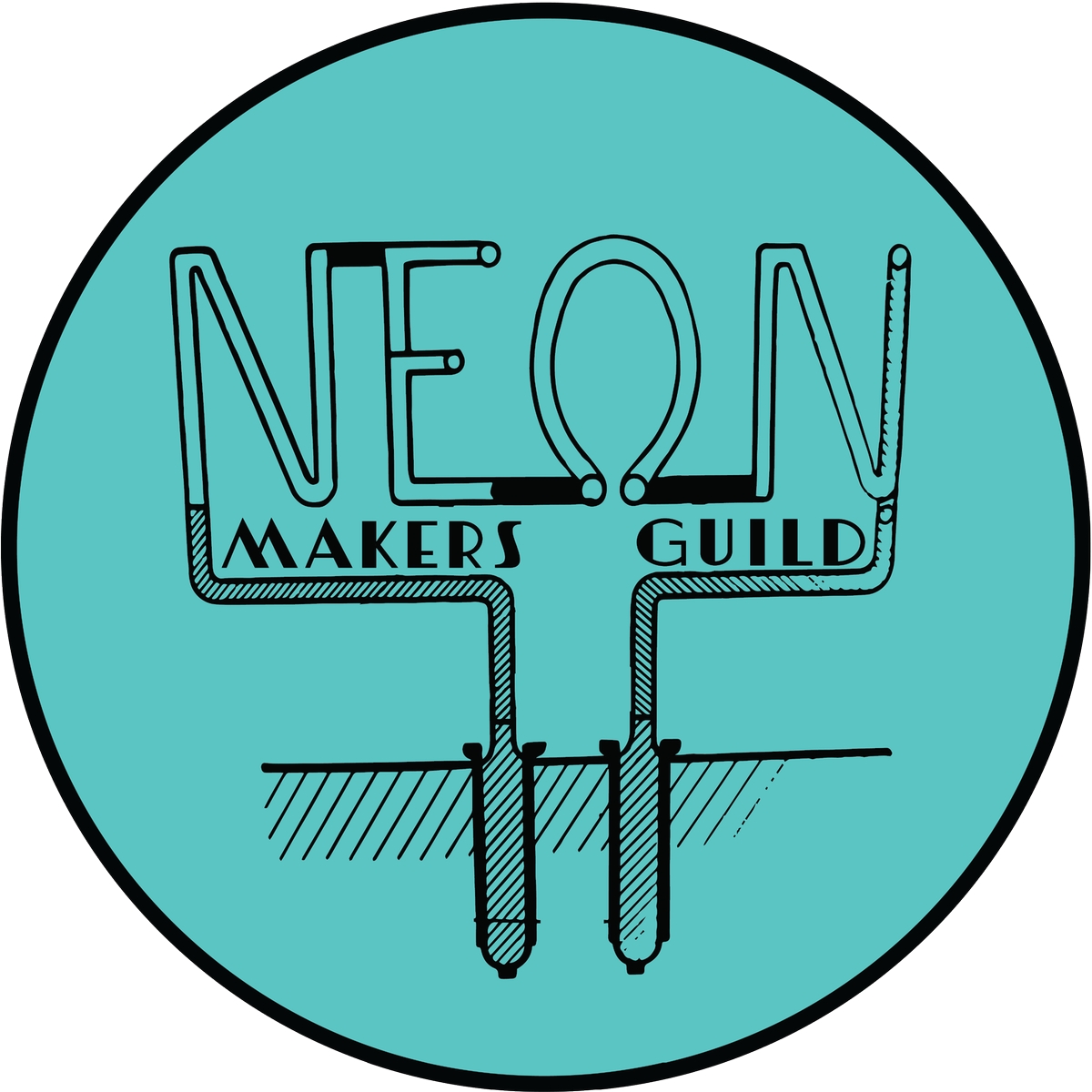
Join us at Navcour Glassware in Lorain, Ohio for our next in person Bender Bash! JULY 18TH AND 19TH 2025
Both members and non members are welcome to attend. We are still working on the specific two-day schedule but here is what you can expect. Friday afternoon will be a more informal hang out with pizza and snacks. ---- Saturday will be the main event. Full of neon and scientific glass demos, free torch time, a swap meet table, community discussions, 5 minutes/ 5 slides member presentations, troubleshooting help and much more! A group dinner to follow at a local restaurant. This is the perfect opportunity to come ask questions, get advice, make new neon friends and just hang out with other people in this evolving industry.
The address: 3700 Broadway Ave. Lorain, Ohio 44052 (Plenty of parking is available) -- Please RSVP via email to: events@neonmakersguild.org
See you there!


In my lonely corner of Montana, one thing that I have wanted is to be able to connect with other benders. I have made stops into a few shops as I have driven around the country but not enough to satisfy that desire. This guild has done a lot to help satisfy that. It is humbling and encouraging to be able to take up the role as the president and steer this ship to help build the community. I’m grateful to Eve and the other founding members who made this possible and can’t say enough good about the work they have done to bring us together. My hope is that I can live up to the expectation that they have set, for it is not insignificant.
One of my biggest concerns for the guild is making sure that it is a place where those who are beginning their journey into neon will have the resources available to them to be able to be successful. We all want to see this medium continue and that will depend on the interest growing (those of us who have been around for any meaningful amount of time could talk about the various materials and supplies that we just can’t get anymore). I have been blessed to have a mentor who helped guide me through my start as a bender and have enjoyed being able to share my knowledge and skills with others and when I spend time with the members of this guild, I can very much feel that I am not alone in this regard.
Thank you to all who supported me in this endeavor. I will try to live up to the standard that has been set and will look forward to being with you as much as life allows. 
Join us for our second in person Bender's Bash! This time it will be held at Brooklyn Glass and should be fun for all!
After many requests, I have put my Kitco Cutter information up on the library and at my blog. This is good information for those wishing to construct their own unit. Enjoy!
History of electric transformers from Faraday through Lenz, Sturgeon, Callan, Ruhmkorff, Gaulard, Westinghouse and more (+ what Tesla did and didn’t do in the evolution of electricity).